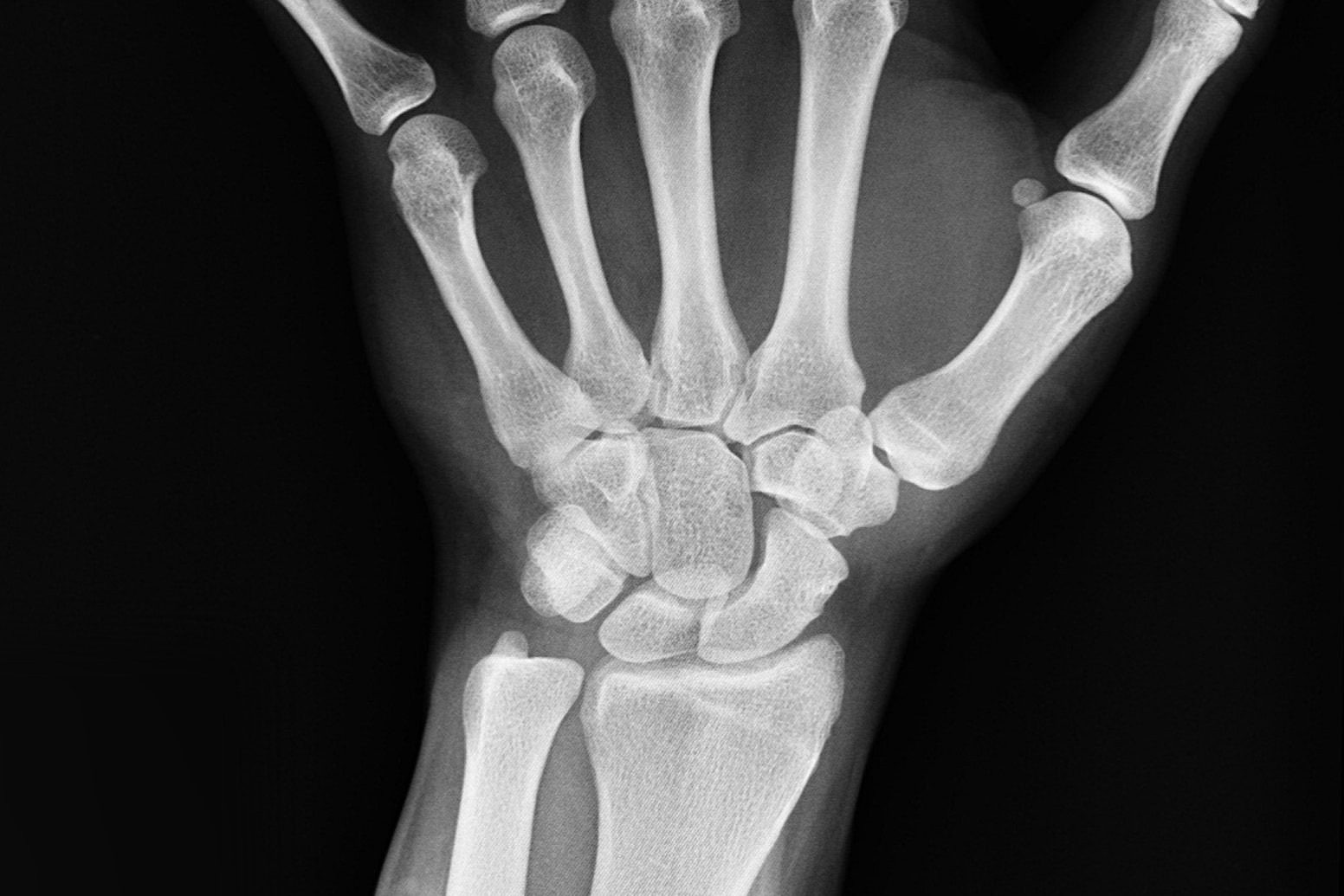Scaphoid Fracture Management Services
Orthotics Plus provides splinting and casting services for the management of scaphoid fractures of the wrist.
In terms of deciding between splinting or casting, more often than not, the patient has been referred for specific treatment by their doctor, surgeon or specialist. It varies depending on the severity, location and how long ago the fracture occurred.
Fracture management is available at all Orthotics Plus locations across Melbourne, please contact our office for same-day support.
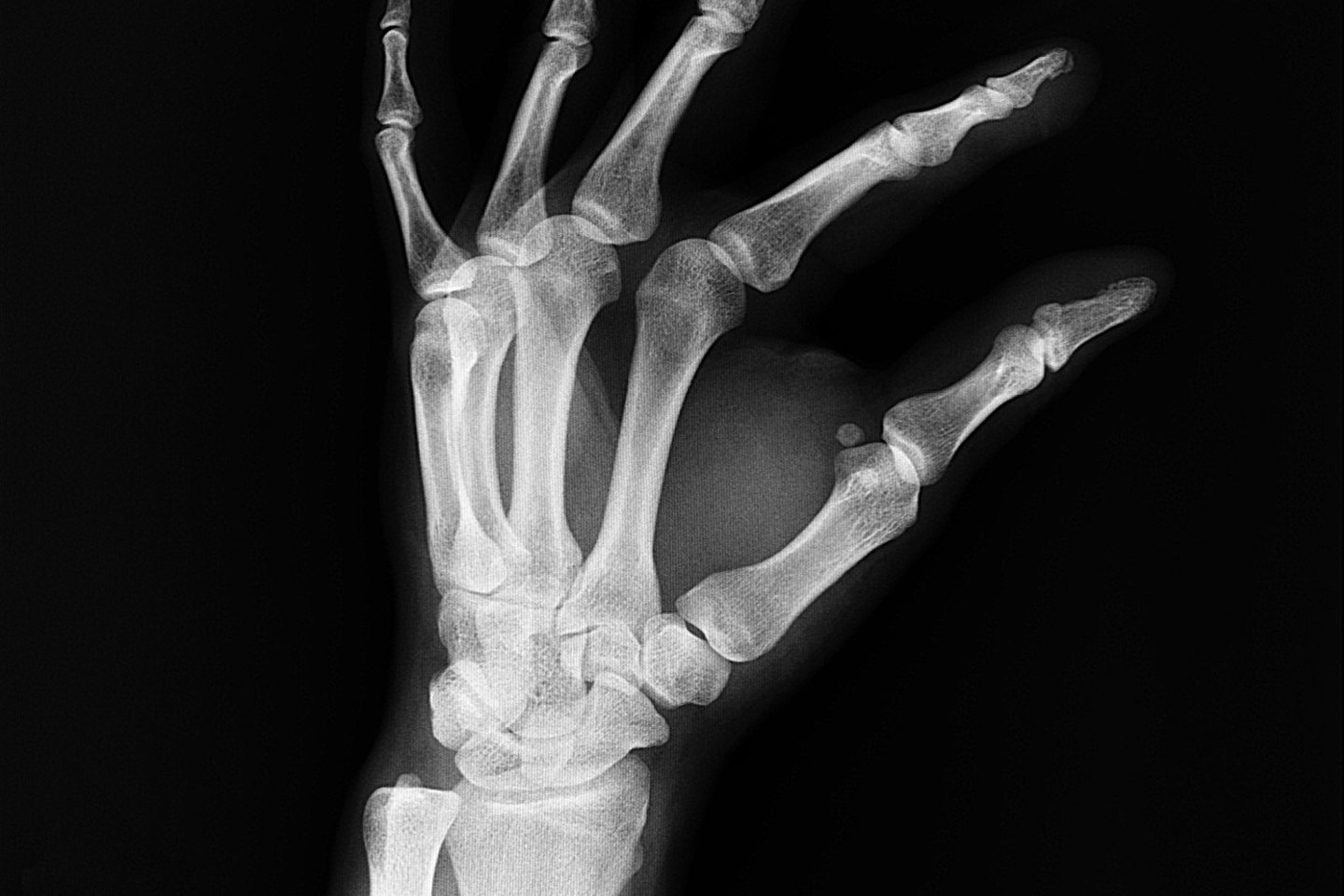
What is a Scaphoid Fracture?
The scaphoid is a small bone located at the base of the thumb. It is one of the carpal bones in the wrist.
Movements that involve the scaphoid include flexion and extension of the wrist, movement of the thumb, and gripping and deviating the wrist. When treating a scaphoid fracture, we will immobilise both the wrist and thumb unless instructed otherwise by the relevant physician.
Certain regions of the scaphoid (just like areas of the navicular in the foot) have a poor blood supply, which can affect healing. If the scaphoid is not treated properly (e.g. casting position and duration), there is a higher risk of non-union which may lead to surgical intervention.
There is also the risk of avascular necrosis, where the bone has essentially died. This usually requires surgery and bone grafting.
As such, Orthotics Plus provides a professional level of care when delivering scaphoid fracture services.
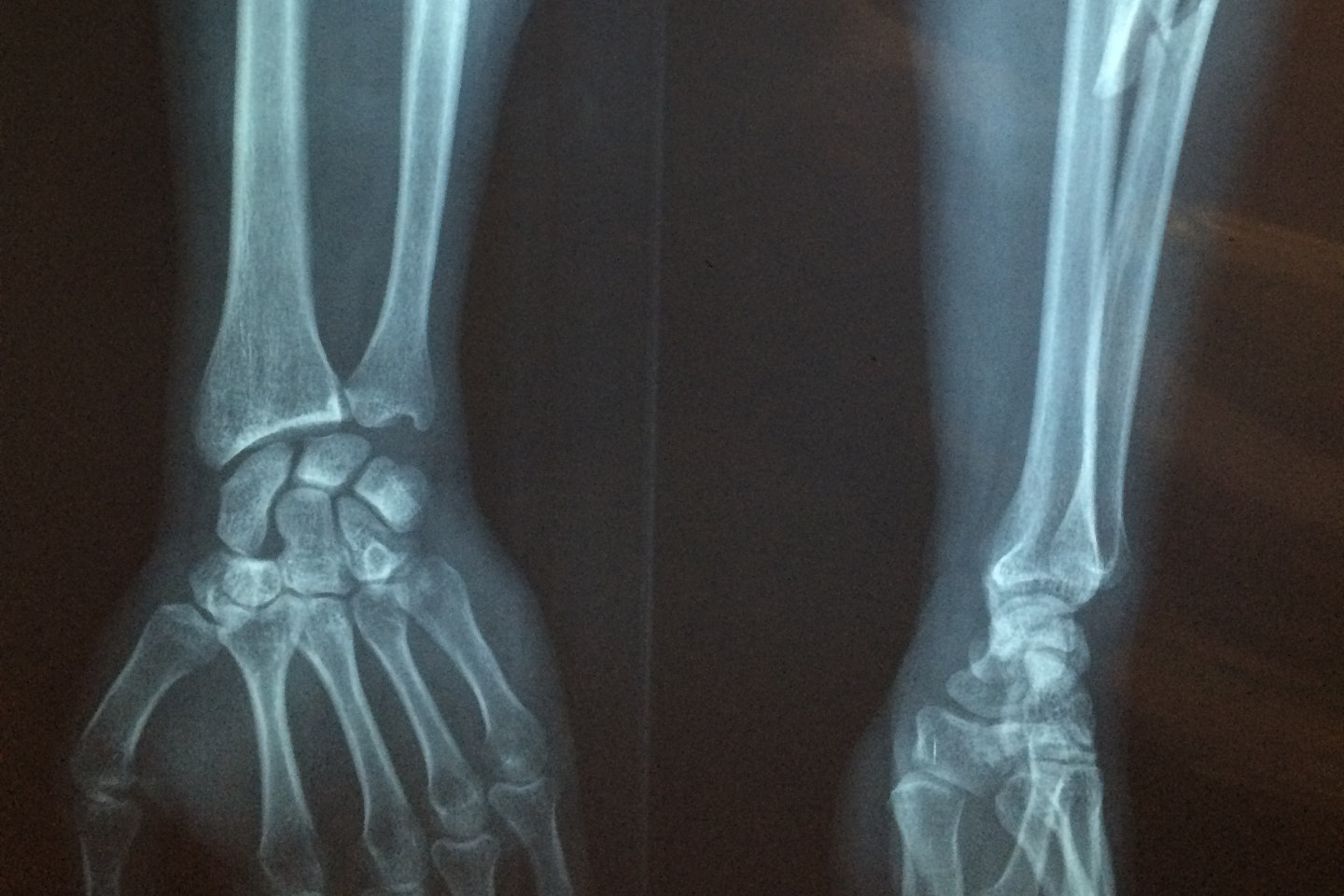
How Does Scaphoid Fracture Management Work?
Stage 1 – Diagnosis and Initial Management
The first step in managing a scaphoid fracture is to seek medical attention from emergency and obtain a diagnosis, typically through x-ray or CT imaging. This is usually performed at the hospital or can be referred to nearby imaging.
At Orthotics Plus, emergency bookings are typically available for acutely injured patients, allowing for same-day treatment.
Stage 2 – Casting or Splinting
The wrist and thumb are typically positioned in a neutral to slight extension position during casting or splinting. Orthotics Plus will fit either a waterproof or fibreglass cast, depending on your preference.
Padding is used to provide comfort, and the cast or splint is secured in place to immobilise the thumb while still allowing for finger/grip function.
The cast encapsulates the forearm, hand and base of the thumb. It will allow for movement in the elbow, fingers and end of the thumb.
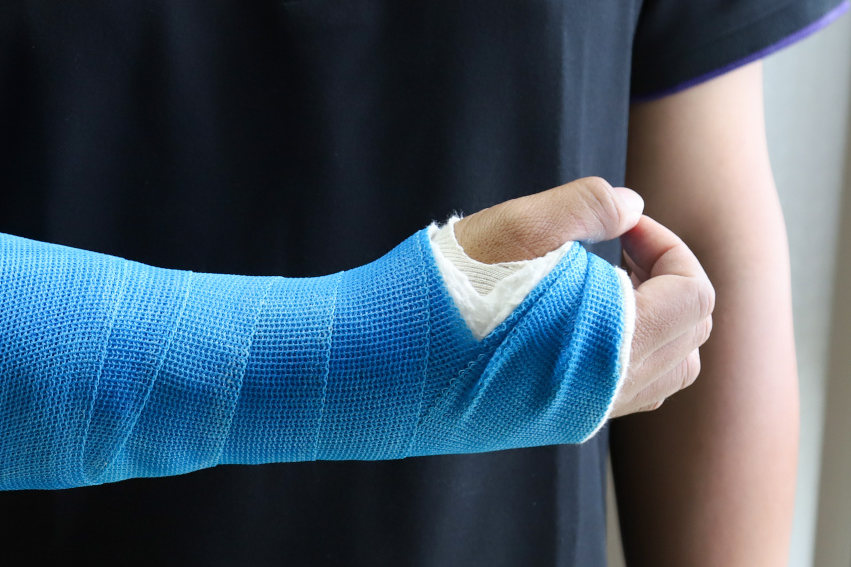
Stage 3 – Immobilisation / Rehabilitation
The patient will leave Orthotics Plus with an appropriately controlled fracture site.
The length of time required for immobilisation can vary, with scaphoid fractures often requiring longer immobilisation due to their poor blood supply.
We will make recommendations regarding returning to activities and beginning physical rehabilitation.
Stage 4 – Monitoring and Follow-Up
Regular monitoring through check x-rays is typically necessary to ensure proper healing.
The cast or splint will be worn for 6-12 weeks, it will be removed by Orthotics Plus (for free) or your alternative medical professional.
At this point, the patient will likely continue specialised hand therapy and increase the use of their hand.
How do we Diagnose the Complexity of My Scaphoid Fracture?
When evaluating a scaphoid fracture, it is important to consider the mechanism of injury. The patient will provide information as to how the injury occurred.
Most scaphoid fractures occur due to a fall on an outstretched hand, also known as a FOOSH injury.
Patients will often report pain in the area around the base of the thumb as well as pain swelling.
A physical examination that includes pressing on the anatomical snuff box (this is the area above the scaphoid) can also be indicative of a scaphoid injury.
It is important to note that scaphoid fractures may not always be visible on initial x-rays, and may require additional imaging such as a CT scan to confirm the diagnosis.
Pain and discomfort may continue despite a negative x-ray, in these cases, the specialist may decide to repeat the x-ray in 7-10 days or get a CT scan to confirm the diagnosis as the injury is more likely to be visible at this point.
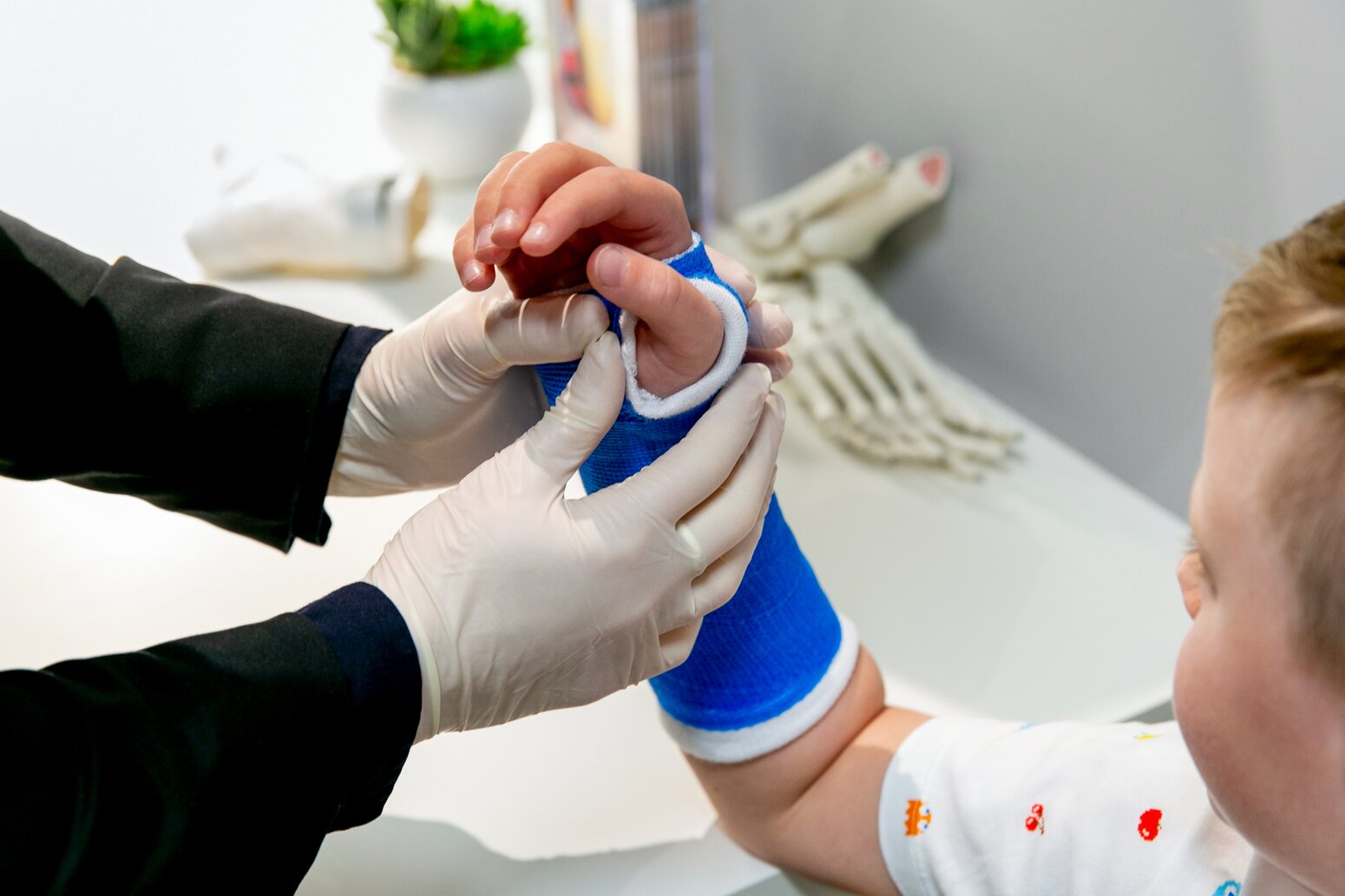

Booking Same-Day Fracture Support with Orthotics Plus
After organising emergency support, you are welcome to contact Orthotics Plus.
At the hospital, a temporary cast may be applied to the scaphoid injury. However, if you schedule an appointment with us, they may choose not to use a temporary cast and refer you directly to us for same-day casting.
- We have multiple clinics across Melbourne
- We are highly trained professionals experienced in fracture management
- We offer free removals and adjustments
- Our clinicians are contactable by phone or email to provide ongoing support to your medical team
If you have an uncomfortable cast fitting by a hospital or other facility we can attempt to modify the cast or remove and re-do the cast. We will generally liaise with your GP or surgeon to ensure removing the cast is appropriate prior to doing so.
Please use our clinic locations page to get started.


Scaphoid Fracture FAQ
Normally, a cast is used for more severe fractures.
Additionally, a cast will be prioritised when the patient is quite active, for example, a younger person who heals quite well and who is prone to engaging in physical activity.
The majority of wrist fractures are typically distal radius or ulnar.
The scaphoid is considered a separate type of fracture. While it is possible for both types of fractures to coincide, they are more commonly separate injuries.
Pain associated with a scaphoid fracture typically occurs at the site of the injury and may be exacerbated with movement of the wrist and thumb.
However, pain should not typically radiate to other areas of the upper limb.
